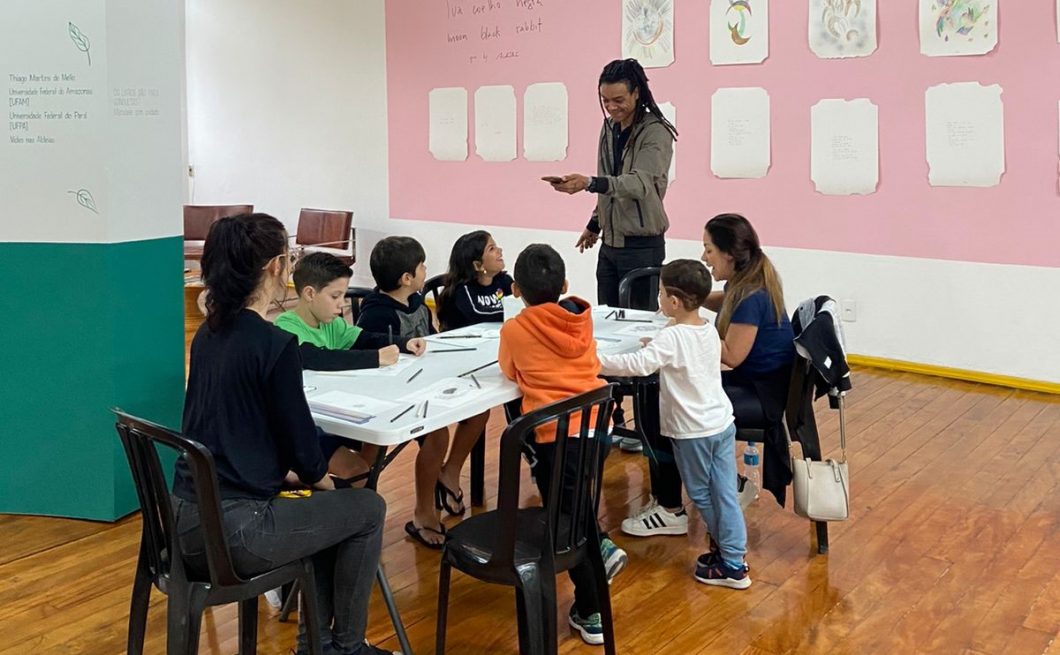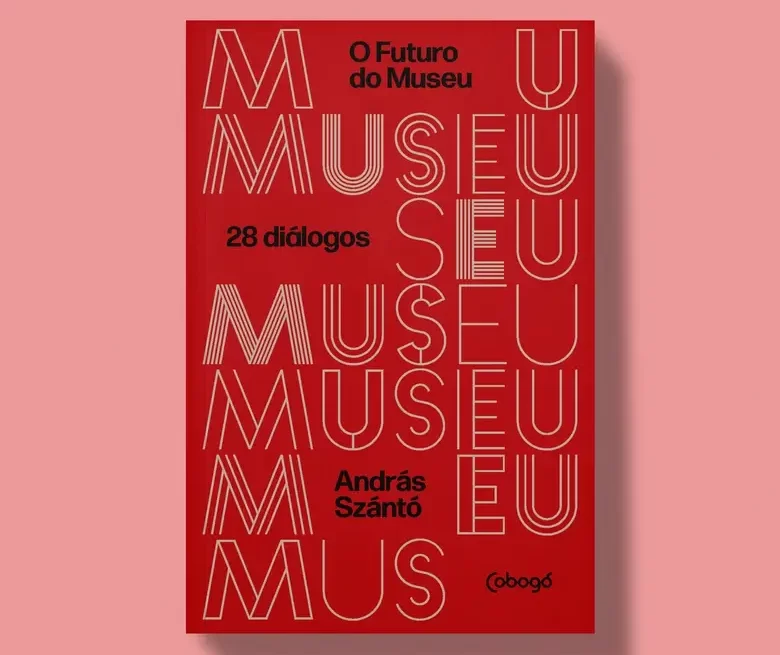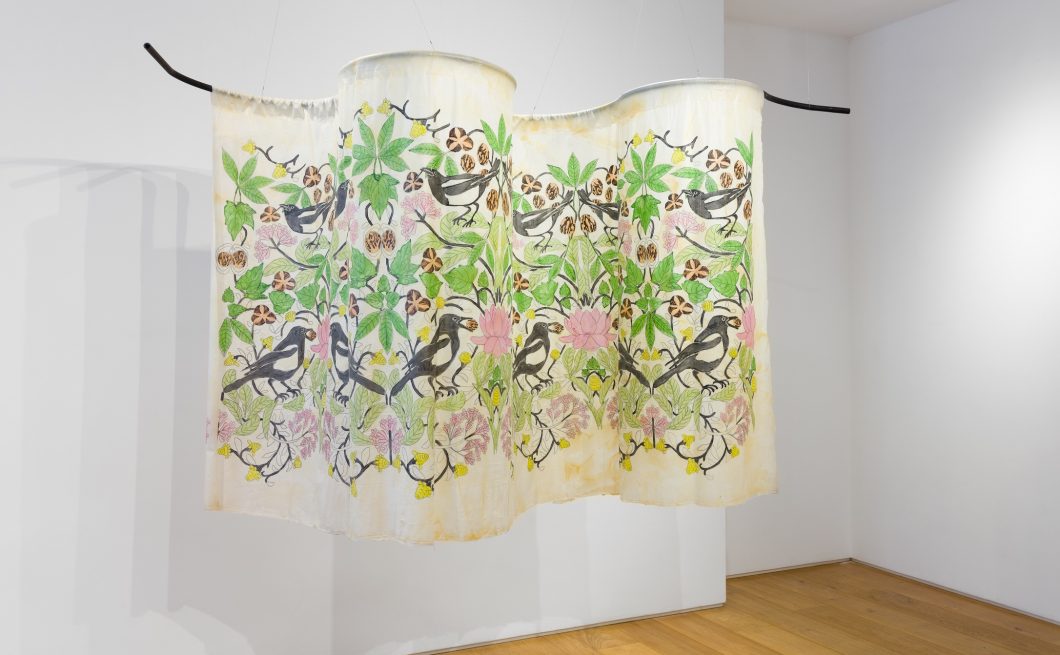HAL WILDSON IS SELECTED FOR THE ARTISTIC RESIDENCY PROGRAM OF INCLUSARTIZ INSTITUTE IN ARTE PARÁ’S 40th EDITION
Multimedia artist from Goiás was chosen through an unprecedented partnership between the Rio de Janeiro institute and the traditional exhibition in Pará
One of the main promoters of contemporary art in the country, Instituto Inclusartiz, through an unprecedented partnership with Arte Pará, a traditional collective exhibition that celebrated its 40th anniversary this year, selected artist Hal Wildson, from Goiás, to integrate its renowned artistic residency program. Coordinated by Lucas Albuquerque, the art research and development project, carried out at the new headquarters of Inclusartiz, in the docks area of Rio de Janeiro, includes personalized curatorial support, visits to workshops and cultural institutions, meetings with curators and researchers, works presentations, among other activities.
“In recent years I have focused on my research on symbols and documents that help to confront the issues of identity, Brazil’s independence and the power of that official symbolic imagery. Taking part of this research to Rio de Janeiro is very well-timed, since the city was part of important chapters of our history and has a direct connection with the topics that interest me. This laboratory and experience in Rio de Janeiro will give me an essential baggage to develop this research, especially in an institute so respected and concerned with the new perspectives of art that go beyond the Rio-São Paulo axis,” says Wildson.

A multimedia artist and poet of mixed ethnic origin, Wildson was born in 1991 in Vale do Araguaia, a border region between Goiás and Mato Grosso, a crucial place to understand the origin and motivations of his work. His research emerges from his experience in the Midwestern region, dialoguing with sociopolitical issues that sustain Brazil. Unfolding the concept of memory-forgetfulness, identity and the “writing-rewriting” of history, the artist appropriates materials and documentation processes that have been used in recent decades to officially record national history, such as typing, fingerprints, identity cards and stamps. His works dare to confront and dispute the power of the symbolic as an alternative to create more unbiased realities.
“Right now I dedicate myself to projects such as creating flags, videos and photographs, which are part of the intention to bring to light the symbols that built the Brazil we know. The same Brazil forged by authoritarianism, colonialism, violence and genocide is also that of a people who dare to dream future utopias. Giving birth to these “Brazils” in such a symbolic moment is a way of creating new possibilities for the future, building new narratives and promoting debate on social justice and historical reparation,” he explains.
Arte Pará emerged from the program conceived by journalist Romulo Maiorana (1922-1986) in the early 1980s, with the objective of being a space to support artists from Pará and to promote a dialogue between the Northern region and the rest of the country, establishing the presence of the Amazon on the map of arts. Throughout its continual editions, the salon has become a project of art and national education and a place for intellectual exchange between artists, curators and cultural agents, as well as a space for reflection and criticism that legitimizes young emerging artists.
For over 20 years, Paulo Herkenhoff, one of the most important art critics and thinkers in Brazil, has headed Arte Pará as the event’s general curator. For him, Arte Pará has “an important role in the socialization of art, developed by the educational process rather than the art market”.





